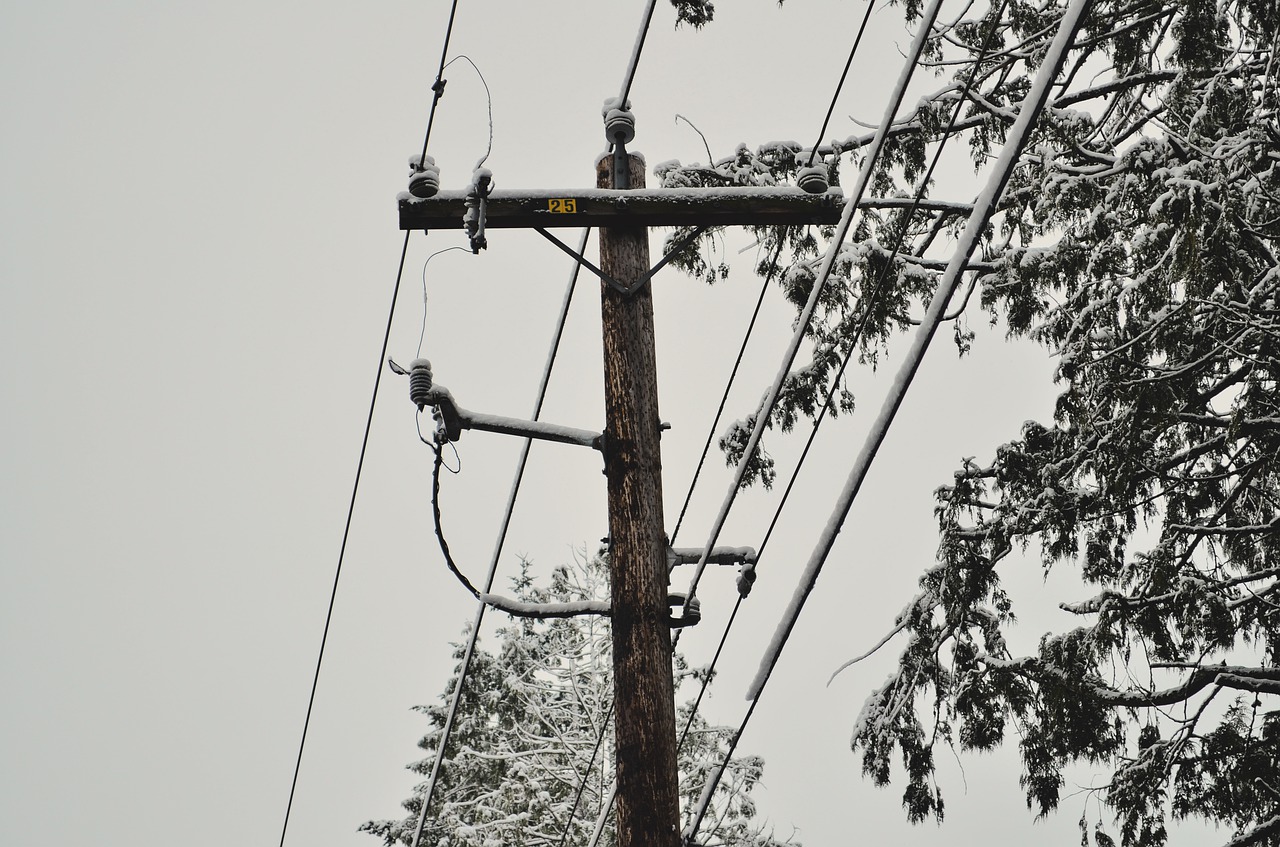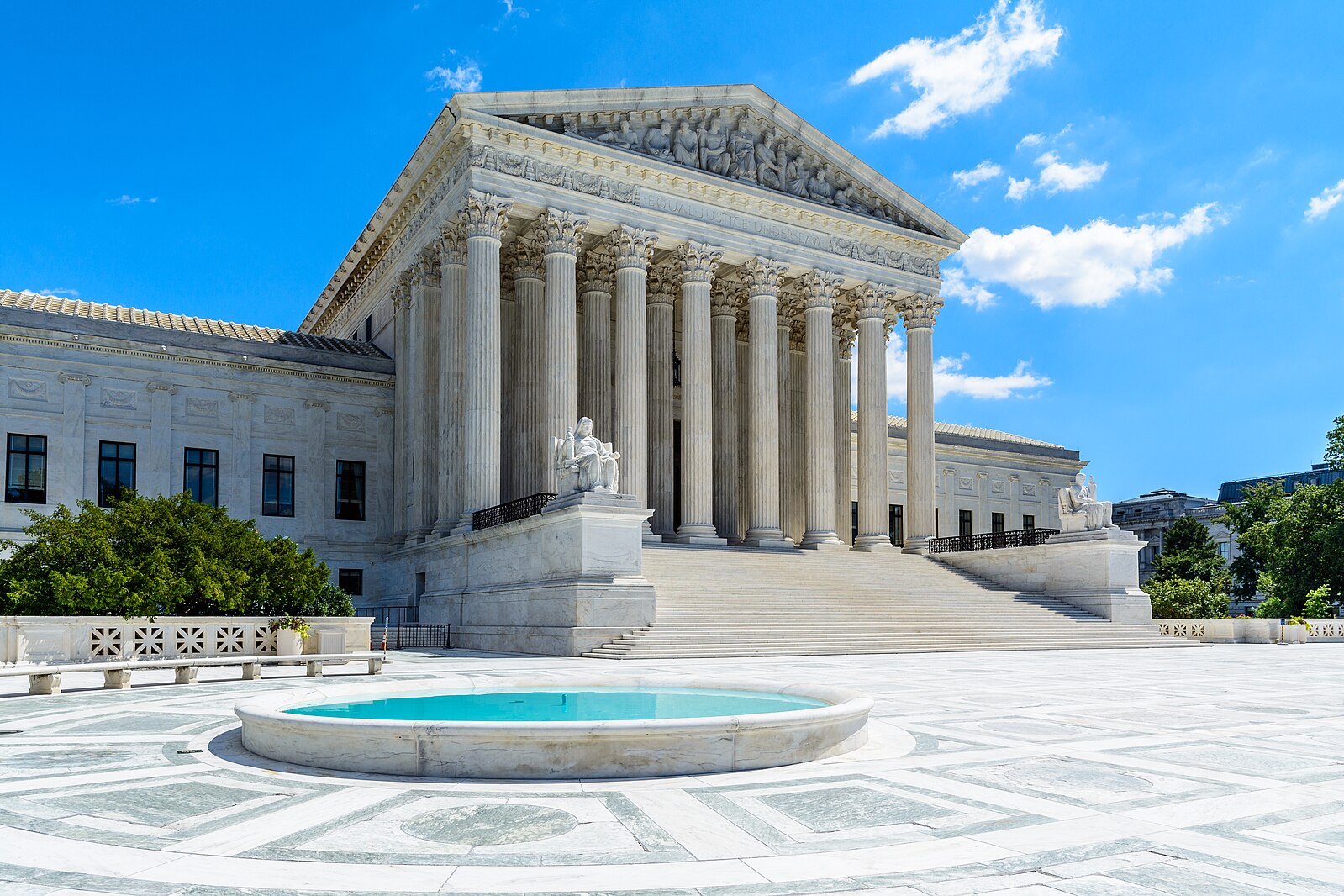Lessons From the Texas Grid Disaster: Planning and Investing for a Different Future
The problems in Texas this week were not the state’s current mix of energy resources, but that fact the state’s energy resources were not prepared to perform in the low temperatures seen. Americans must be willing to plan and invest to better confront such crises in the future.

Published by The Lawfare Institute
in Cooperation With

It is now a week out from the start of the massive Texas grid failure that has resulted in numerous deaths; millions of people plunged into darkness; scores of communities without clean water or heat in record cold temperatures; and billions of dollars in catastrophic damage to homes, businesses and the physical infrastructure that supports them. Critical questions surround the causes of this massive disaster and how to plan for the future so that a tragedy of this scale does not happen again.
At this point, there are many facts that Americans already know. Contrary to the spurious claims by Governor Greg Abbott as well as numerous right-wing politicians and pundits, freezing wind turbines and the state’s history of supporting renewable energy development did not cause the grid to fail. Indeed, wind turbines outperformed grid operator expectations, despite the extreme cold, and the outages would have been worse without the wind energy that remained online. Instead, the state’s electric grid failed for a very simple reason—because Texas power plant operators do not insulate their facilities for sustained cold temperatures. As a result, pipes and equipment needed to run the state’s natural gas plants, nuclear plants, and wind turbines froze, taking a large fraction of them offline at precisely the moment that energy demand statewide skyrocketed in an attempt to heat homes and businesses. When all was said and done, wind energy performed fairly well overall and natural gas, which provides the vast majority of the state’s electricity in the winter months, failed spectacularly. While there are ongoing, important debates over the need to invest in more renewable energy in Texas and nationwide, the problems in Texas this week were not the state’s current mix of energy resources, but the fact that the state’s energy resources were not prepared to perform in the low temperatures the entire state saw this week.
The important question now is what can Texas—as well as the rest of the country—learn from this disaster to avoid similar outcomes in the future? One area of inquiry of course is Texas’s unique electric grid. In the rest of the continental United States, electricity flows freely within two large, interconnected networks of intrastate and interstate electric transmission lines, or “grids,” called the Eastern Interconnection and Western Interconnection, with the dividing line being approximately at the Rocky Mountains. Almost all of Texas, however, has its own grid, known as the Electric Reliability Council of Texas (ERCOT), which does not transmit electricity outside its borders. By establishing its own self-contained electric grid many decades ago, Texas was able to avoid transmitting electricity in interstate commerce and thus intentionally avoided the bulk of federal regulation of prices, charges, and other activities related to the sale and transmission of electricity under the Federal Power Act. In other words, the Federal Energy Regulatory Commission (FERC), which regulates those activities in the rest of the continental United States, has very limited jurisdiction in Texas. For a state that sometimes aspires to be its own nation, it has in fact largely succeeded in that goal when it comes to the electricity realm.
In many ways, ERCOT’s autonomy has worked well for Texas even if it could never be a model for the rest of the country. Texas is unique not only in having its own grid but also in being home to ample fossil fuel resources—coal, natural gas and oil—as well as vast renewable energy resources such as solar and wind, and large population centers to consume that energy. Moreover, with such a large land mass, Texas has historically counted on the fact that heat waves, cold spells and power plant outages are generally limited to only parts of the state at any one time, allowing energy resources in other regions of the state to make up the difference in times of outages or high consumer demand. Texas in general and ERCOT in particular have used this autonomy to be innovative in many ways. Texas has by the far the most installed wind energy capacity of any state; it has built the nation’s most impressive set of electric transmission lines—known as the CREZ lines—to bring that wind to population centers; it is becoming a leading state in solar energy; its deregulated market has led to the early retirement of coal plants; and it has accomplished these goals without renewable energy mandates or similar regulations that other states, like California, have used to attempt to accomplish similar goals.
But this week ERCOT’s isolation and Texas’s deregulated electricity markets were liabilities, not assets. Texas could not call on energy resources from other parts of the nation, as is done everywhere else in the country, because of its physical and regulatory barriers. Likewise, ERCOT’s lack of a “capacity market,” which pays generators in advance to have reserve power available in times of high demand, meant that when ERCOT’s energy demand forecasts proved too low, there was no extra power available as backup. Ironically, regulators and other experts always knew these factors posed a risk to the Texas electric grid, but they generally believed that this risk was highest in the summer, when hot weather and the use of air conditioning often sends demand skyrocketing. A wintertime energy peak well beyond the capacity of the state’s energy system was more of a surprise, although not unprecedented.
The fundamental problem last week was not ERCOT’s isolation or the lack of a capacity market but a failure of investment. A failure of investment in insulation of individual homes, businesses and pipes. A failure of investment in insulation of wind turbines, natural gas pipelines, wells, water lines, water treatment systems, natural gas plants, coal plants and nuclear plants. In northern climates in the United States, all of this infrastructure is built or retrofitted for prolonged cold weather. Wind turbines don’t freeze in Iowa, Minnesota, North Dakota and neighboring states in sustained cold weather, and neither do natural gas plants, nuclear plants, water treatment plants or pipes in most individual homes. Infrastructure in cold weather states is built to withstand such weather because it is anticipated to occur on a regular basis, so it’s worth the money. In warm weather states, that money is not spent, making the energy plant or the individual home less expensive up front to build but vulnerable to changing weather patterns. We make decisions on how much to spend on precautions, whether for hot or cold weather or for a terrorist attack, based primarily on the past. If all of Texas doesn’t regularly experience sustained cold weather or sustained heat at the same time, then some may argue that it’s overkill to spend the money to protect against it.
Another problem is that these extreme weather events won’t be so rare going forward. Climate change means the past is no longer an accurate guide for the future or even for the present. The sustained cold throughout Texas and the sustained heat waves and fires in California in 2020 are unfortunately the new normal, not to mention more frequent floods, hurricanes and tornadoes. This requires officials to create new cost-benefit analyses for investments in new infrastructure and retrofits of existing infrastructure. In California, that may mean placing more electric transmission lines underground, despite the higher up-front cost, so the power doesn’t go out during heat waves. In Texas, that may mean creating new connections between ERCOT and the rest of the country to ship large amounts of renewable energy around the country, to both reduce greenhouse gas emissions and increase power availability over multiple time zones and weather zones. Indeed, the National Renewable Energy Laboratory’s “Interconnections Seams Study” released in October 2020 proposes just such a plan in order to create a national “Supergrid” to facilitate the clean energy transition we need to reduce greenhouse gas emissions from the power sector, save energy-related costs, and address the increased vulnerabilities to the electric grid from the weather-related adverse effects of climate change. Other experts in the field have conducted similar analyses and made similar recommendations.
Increased and better regulation at both the federal and state levels must play a role in these efforts. To create the new “Supergrid” required to transport large quantities of wind and solar energy from where it is generated to where it is needed across multiple time zones requires federal coordination, collaboration, investment and regulation. The U.S. Department of Energy and FERC are well suited to this task. In Texas, ERCOT and the Public Utility Commission of Texas must also consider greater regulation of the industry to ensure appropriate investments in weatherization and consider coordination with other states and the federal government. Governor Abbott has taken at least a first step in that direction. He appears to have stopped talking about frozen wind turbines and instead has requested that state lawmakers “mandate the winterization of the electric system.”
Finally, it is critical that Americans not focus solely on the technical and regulatory aspects of this disaster in moving forward but also on the human cost. People have died, have lost their homes and livelihoods, and are losing faith in the ability of U.S. institutions to protect the country, particularly its most vulnerable residents, in a crisis. Most Texans are not as lucky as Sen. Ted Cruz, who was able to plan an impromptu trip to Cancun with his family to weather the storm when his house went cold. Those most affected by this disaster are poor, non-white, and the most removed from the regulators and industry leaders who will do the cost-benefit analyses that will determine how much is spent to ensure that American homes and energy systems are protected from increasingly severe weather—hot and cold, wet and dry, fire and fury. While many people decry the cost of the Green New Deal or similar ambitious energy transition proposals, last week’s disaster makes clear that the status quo is not cheap. There are solutions to the problems that lie ahead, if Americans are willing to plan and invest in the nation’s future.





